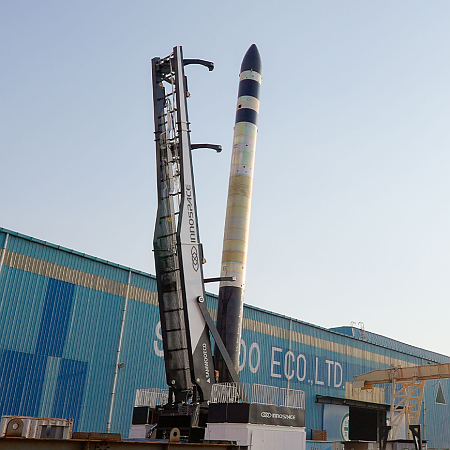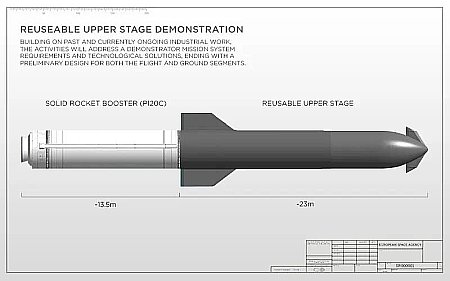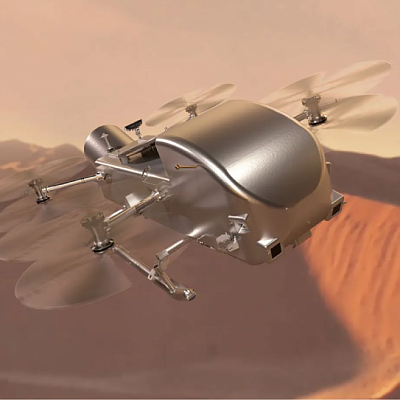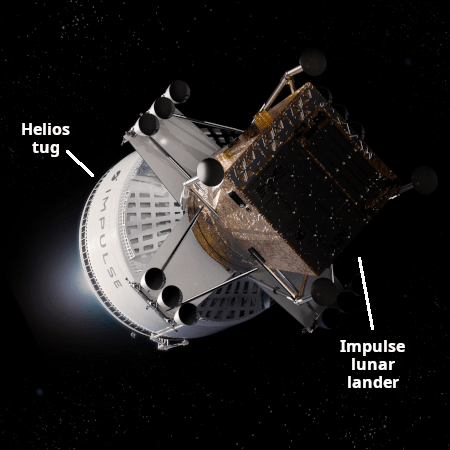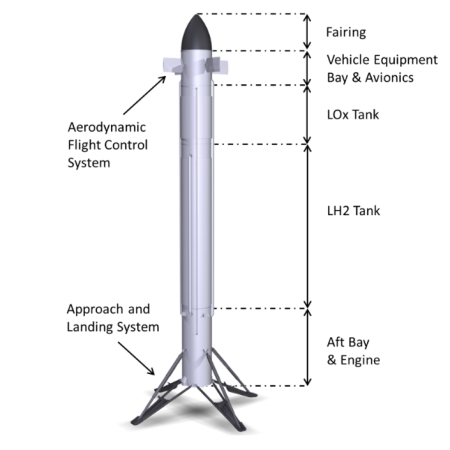The “No Kings” demonstrations this past weekend showed the future belongs to the right

Click here and here for sources.
This past weekend hundreds of thousands of leftist protesters gathered in numerous cities nationwide to protest Donald Trump under the strange banner of “No Kings” that somehow portrayed Trump as a new king attempting to subvert democracy. Numerous commenters on the webpage have documented the protest’s emptiness, noting that it offered no real policy options except a desire to have Donald Trump removed from office (violently in many cases), even though he was properly elected by law.
Many others, including an NBC anchor, also could not help noticing the aged nature of the protesters.
So from what we can see from our viewpoint here in the studio and talking to our crew on the ground and some people I know who are there, this is an older crowd. There’s not a lot of folks, and granted, it’s a big crowd here, I’m not good at estimating, but it’s definitely over 2000, maybe close to 3000. We can’t see everyone, but it’s an older crowd, a lot of white hair you see out there, Q-tips, as we used to call them in the business. They are out protesting, and not a lot of young people.
None of this is a surprise. The strongest base of the Democratic Party is the 1960s baby boom crowd that protested the Vietnam War in the 1960s, celebrated sex, drugs, and rock & roll, and has never found a Democrat they did not love blindly. For the past decade this aging Baby Boom generation has been repeatedly told to hate Trump, and this past weekend’s demonstration allowed these old hippies the chance to show off how well they have been indoctrinated by the left.
What was far more striking about this event to me however was the contrast between the old, white-haired “No Kings” protesters and the very youthful attendees at every single conservative demonstration or event. » Read more

